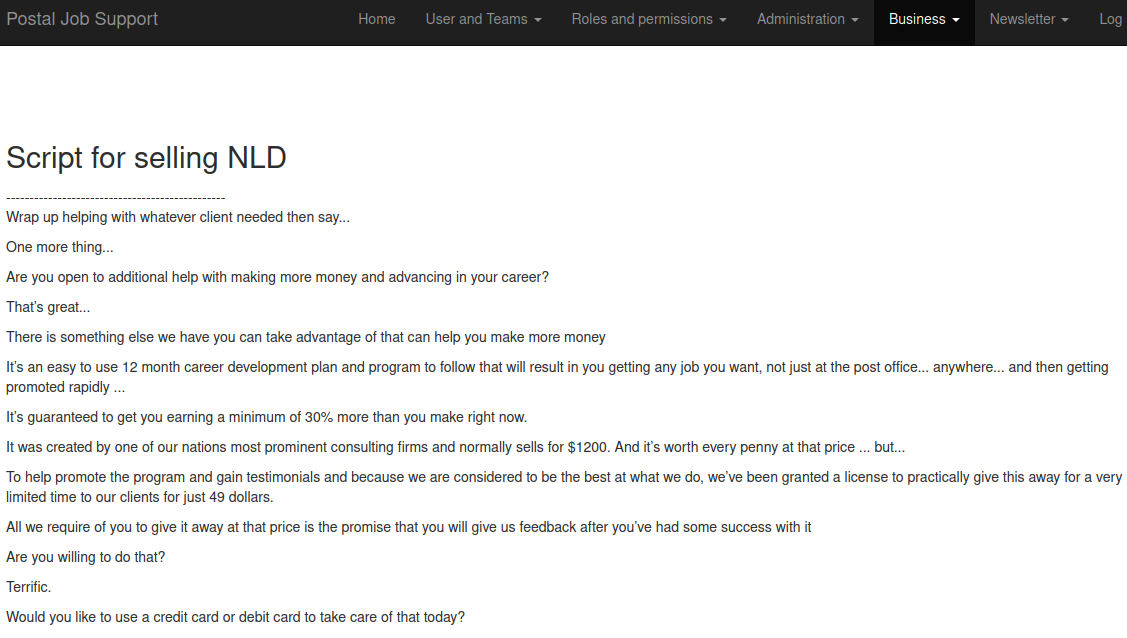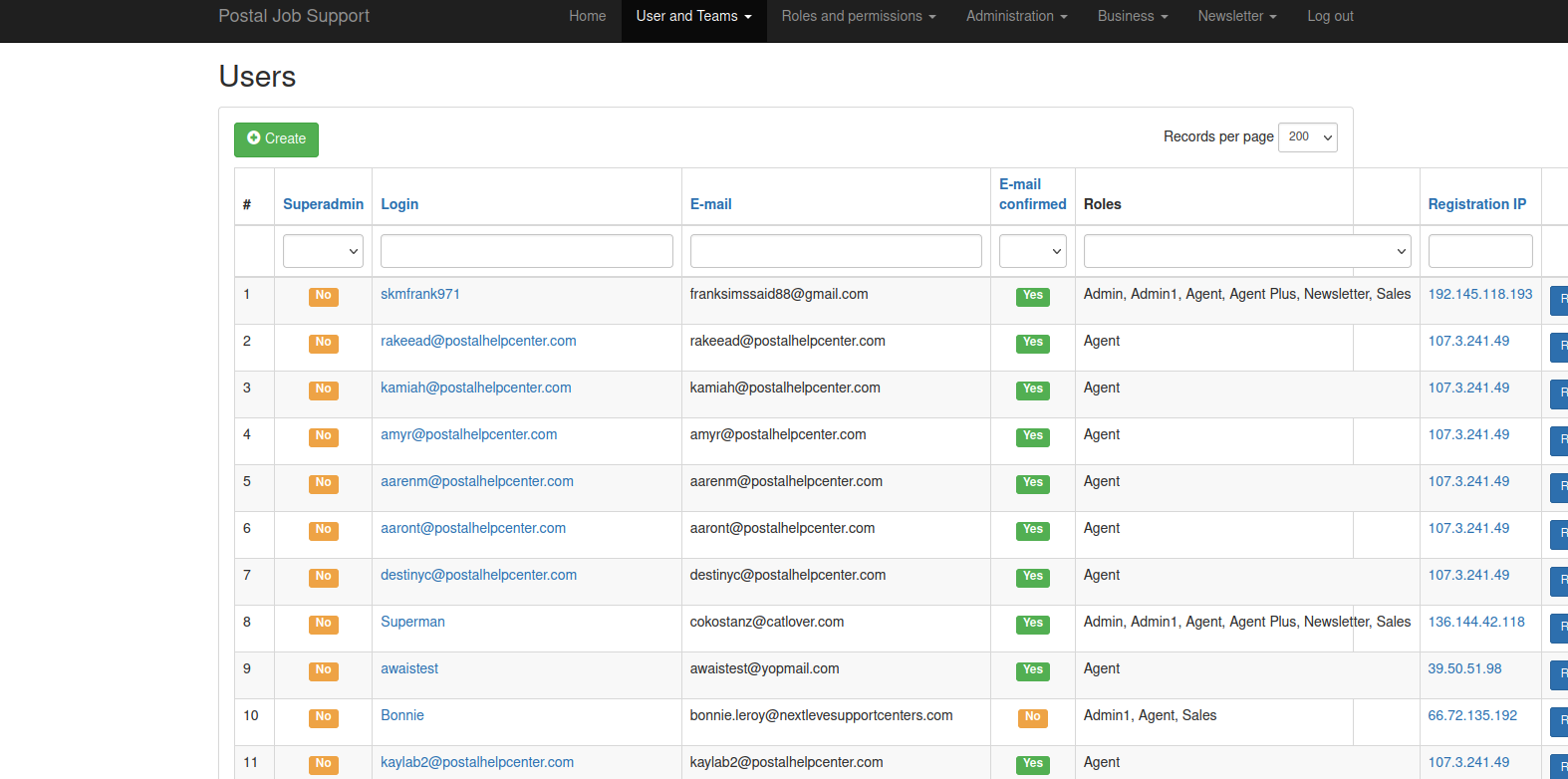$10M Is Yours If You Can Get This Guy to Leave Russia
The U.S. government this week put a $10 million bounty on a Russian man who for the past 18 years operated Try2Check, one of the cybercrime underground’s most trusted services for checking the validity of stolen credit card data. U.S. authorities say 43-year-old Denis Kulkov‘s card-checking service made him at least $18 million, which he used to buy a Ferrari, Land Rover, and other luxury items.

Denis Kulkov, a.k.a. “Nordex,” in his Ferrari. Image: USDOJ.
Launched in 2005, Try2Check soon was processing more than a million card-checking transactions per month — charging 20 cents per transaction. Cybercriminals turned to services like this after purchasing stolen credit card data from an underground shop, with an eye toward minimizing the number of cards that are inactive by the time they are put to criminal use.
Try2Check was so reliable that it eventually became the official card-checking service for some of the underground’s most bustling crime bazaars, including Vault Market, Unicc, and Joker’s Stash. Customers of these carding shops who chose to use the shop’s built-in (but a-la-carte) card checking service from Try2Check could expect automatic refunds on any cards that were found to be inactive or canceled at the time of purchase.
Many established stolen card shops will allow customers to request refunds on dead cards based on official reports from trusted third-party checking services. But in general, the bigger shops have steered customers toward using their own white-labeled version of the Try2Check service — primarily to help minimize disputes over canceled cards.
On Wednesday, May 3, Try2Check’s websites were replaced with a domain seizure notice from the U.S. Secret Service and U.S. Department of Justice, as prosecutors in the Eastern District of New York unsealed an indictment and search warrant naming Denis Gennadievich Kulkov of Samara, Russia as the proprietor.
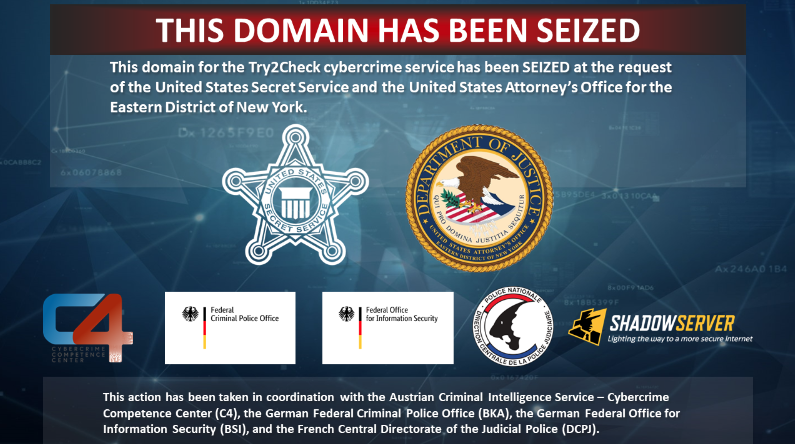
Try2Check’s login pages have been replaced with a seizure notice from U.S. law enforcement.
At the same time, the U.S. Department of State issued a $10 million reward for information leading to the arrest or conviction of Kulkov. In November 2021, the State Department began offering up to to $10 million for the name or location of any key leaders of REvil, a major Russian ransomware gang.
As noted in the Secret Service’s criminal complaint (PDF), the Try2Check service was first advertised on the closely-guarded Russian cybercrime forum Mazafaka, by someone using the handle “KreenJo.” That handle used the same ICQ instant messenger account number (555724) as a Mazafaka denizen named “Nordex.”
In February 2005, Nordex posted to Mazafaka that he was in the market for hacked bank accounts, and offered 50 percent of the take. He asked interested partners to contact him at the ICQ number 228427661 or at the email address polkas@bk.ru. As the government noted in its search warrant, Nordex exchanged messages with forum users at the time identifying himself as a then-24-year-old “Denis” from Samara, RU.
In 2017, U.S. law enforcement seized the cryptocurrency exchange BTC-e, and the Secret Service said those records show that a Denis Kulkov from Samara supplied the username “Nordexin,” email address nordexin@ya.ru, and an address in Samara.
Investigators had already found Instagram accounts where Kulkov posted pictures of his Ferrari and his family. Authorities were able to identify that Kulkov had an iCloud account tied to the address nordexin@icloud.com, and upon subpoenaing that found passport photos of Kulkov, and well as more photos of his family and pricey cars.
Like many other top cybercriminals based in Russia or in countries with favorable relations to the Kremlin, the proprietor of Try2Check was not particularly difficult to link to a real-life identity. In Kulkov’s case, it no doubt was critical to U.S. investigators that they had access to a wealth of personal information tied to a cryptocurrency exchange Kulkov had used.
However, the link between Kulkov and Try2Check can be made — ironically — based on records that have been plundered by hackers and published online over the years — including Russian email services, Russian government records, and hacked cybercrime forums.
NORDEX

Kulkov posing with his passport, in a photo authorities obtained by subpoenaing his iCloud account.
According to cybersecurity firm Constella Intelligence, the address polkas@bk.ru was used to register an account with the username “Nordex” at bankir[.]com, a now defunct news website that was almost standard reading for Russian speakers interested in news about various Russian financial markets.
Nordex appears to have been a finance nerd. In his early days on the forums, Nordex posted several long threads on his views about the Russian stock market and mutual fund investments.
That Bankir account was registered from the Internet address 193.27.237.66 in Samara, Russia, and included Nordex’s date of birth as April 8, 1980, as well as their ICQ number (228427661).
Cyber intelligence firm Intel 471 found that Internet address also was used to register the account “Nordex” on the Russian hacking forum Exploit back in 2006.
Constella tracked another Bankir[.]com account created from that same Internet address under the username “Polkas.” This account had the same date of birth as Nordex, but a different email address: nordia@yandex.ru. This and other “nordia@” emails shared a password: “anna59.”
NORDIA
Nordia@yandex.ru shares several passwords with nordia@list.ru, which Constella says was used to create an account at a religious website for an Anna Kulikova from Samara. At the Russian home furnishing store Westwing.ru, Ms. Kulikova listed her full name as Anna Vnrhoturkina Kulikova, and her address as 29 Kommunistrecheskya St., Apt. 110.
A search on that address in Constella brings up a record for an Anna Denis Vnrhoturkina Kulkov, and the phone number 879608229389.
Russian vehicle registration records have also been hacked and leaked online over the years. Those records show that Anna’s Apt 110 address is tied to a Denis Gennadyvich Kulkov, born April 8, 1980.
The vehicle Kolkov registered in 2015 at that address was a 2010 Ferrari Italia, with the license plate number K022YB190. The phone number associated with this record — 79608229389 — is exactly like Anna’s, only minus the (mis?)leading “8”. That number also is tied to a now-defunct Facebook account, and to the email addresses nordexin@ya.ru and nordexin@icloud.com.
Kulkov’s Ferrari has been photographed numerous times over the years by Russian car aficionados, including this one with the driver’s face redacted by the photographer:

The Ferrari owned by Denis Kulkov, spotted in Moscow in 2016. Image: Migalki.net.
As the title of this story suggests, the hard part for Western law enforcement isn’t identifying the Russian cybercriminals who are major players in the scene. Rather, it’s finding creative ways to capture high-value suspects if and when they do leave the protection that Russia generally extends to domestic cybercriminals within its borders who do not also harm Russian companies or consumers, or interfere with state interests.
But Russia’s war against Ukraine has caused major fault lines to appear in the cybercrime underground: Cybercriminal syndicates that previously straddled Russia and Ukraine with ease were forced to reevaluate many comrades who were suddenly working for The Other Side.
Many cybercriminals who operated with impunity from Russia and Ukraine prior to the war chose to flee those countries following the invasion, presenting international law enforcement agencies with rare opportunities to catch most-wanted cybercrooks. One of those was Mark Sokolovsky, a 26-year-old Ukrainian man who operated the popular “Raccoon” malware-as-a-service offering; Sokolovsky was apprehended in March 2022 after fleeing Ukraine’s mandatory military service orders.
Also nabbed on the lam last year was Vyacheslav “Tank” Penchukov, a senior Ukrainian member of a transnational cybercrime group that stole tens of millions of dollars over nearly a decade from countless hacked businesses. Penchukov was arrested after leaving Ukraine to meet up with his wife in Switzerland.


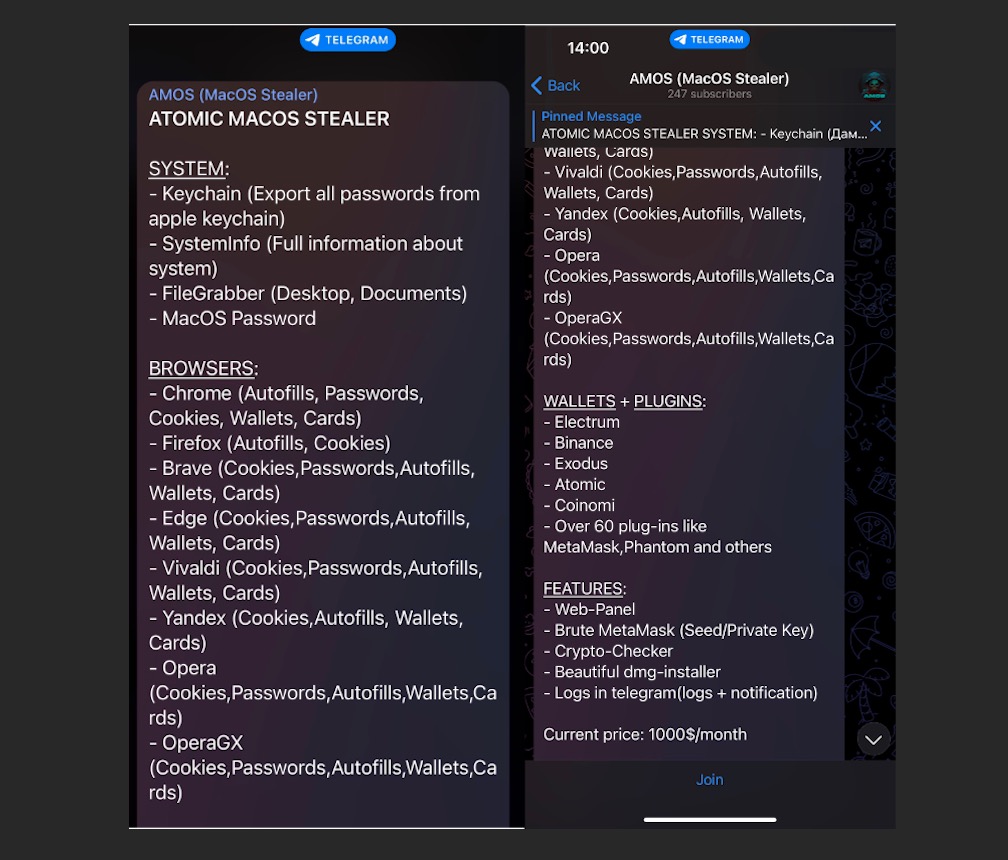



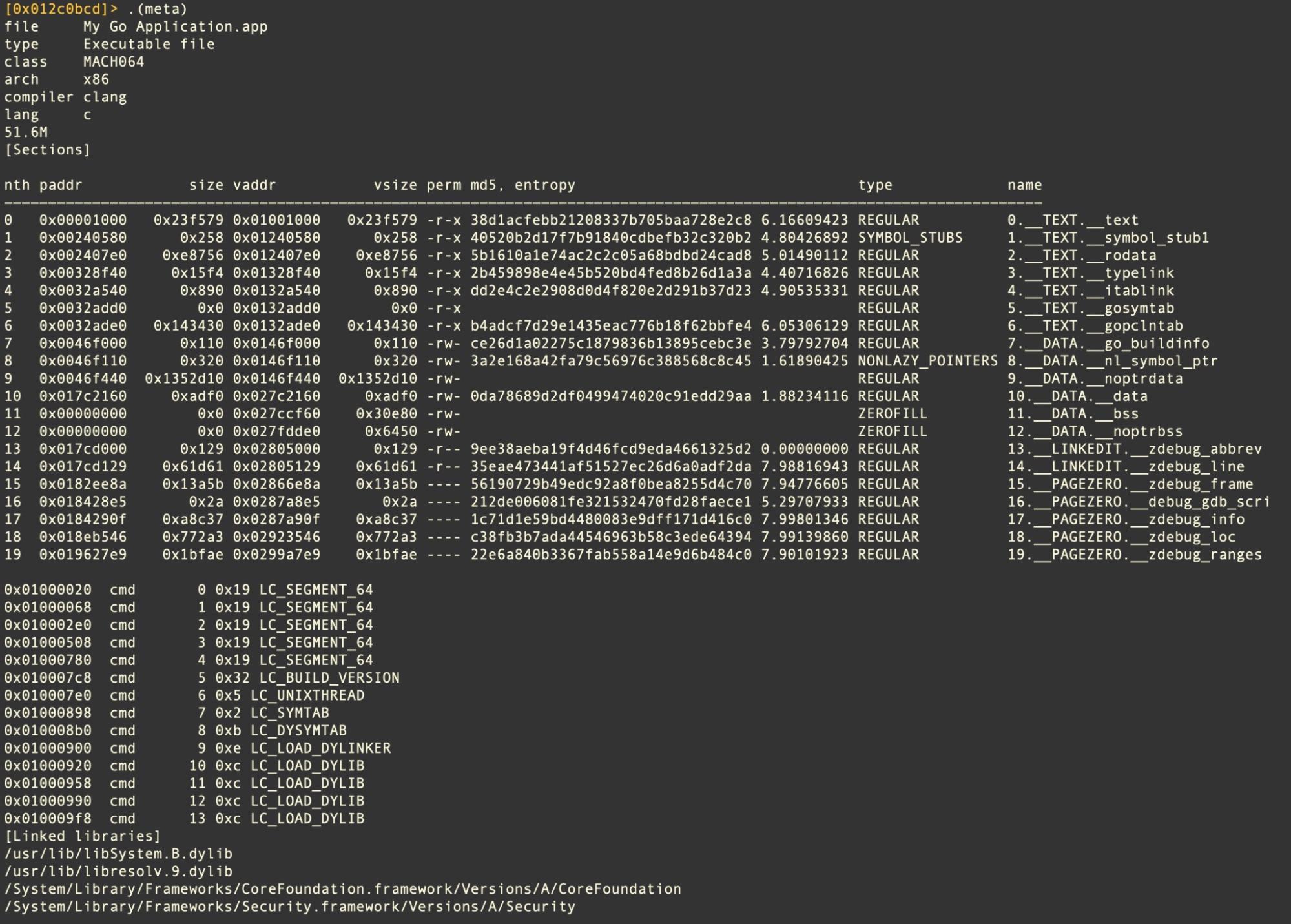
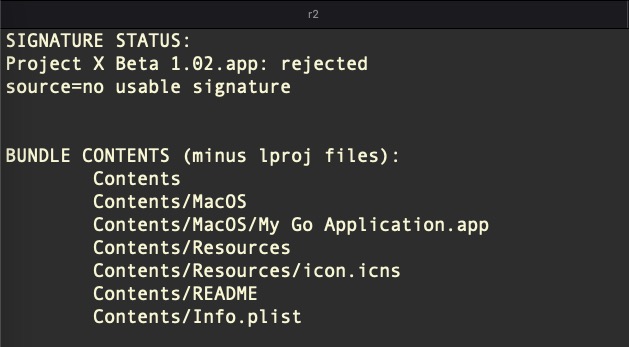
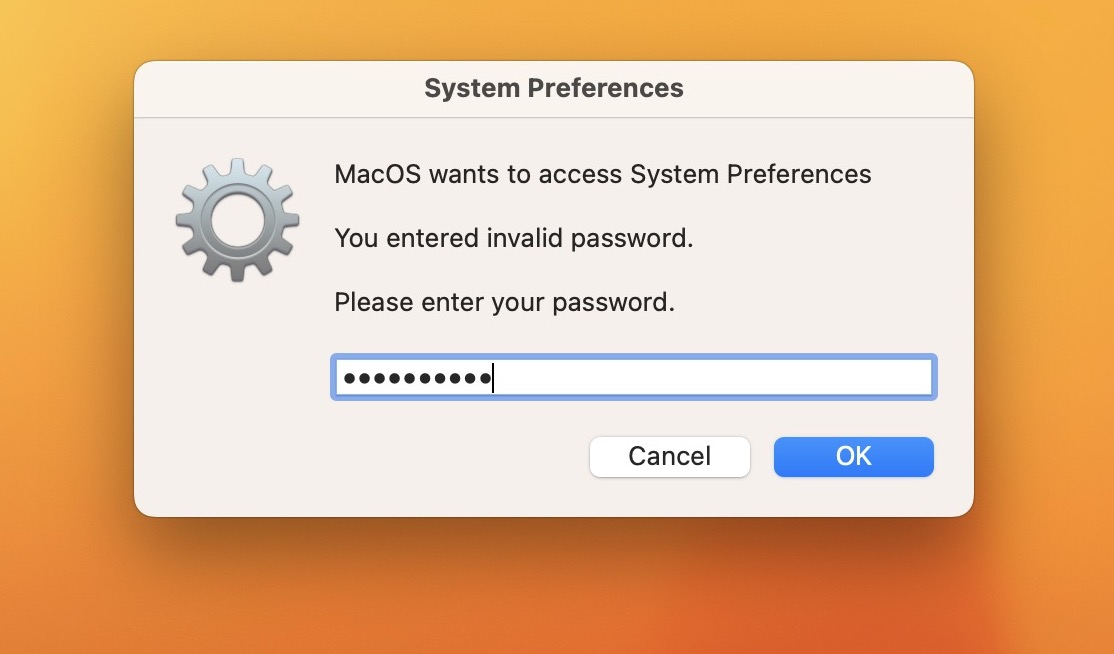

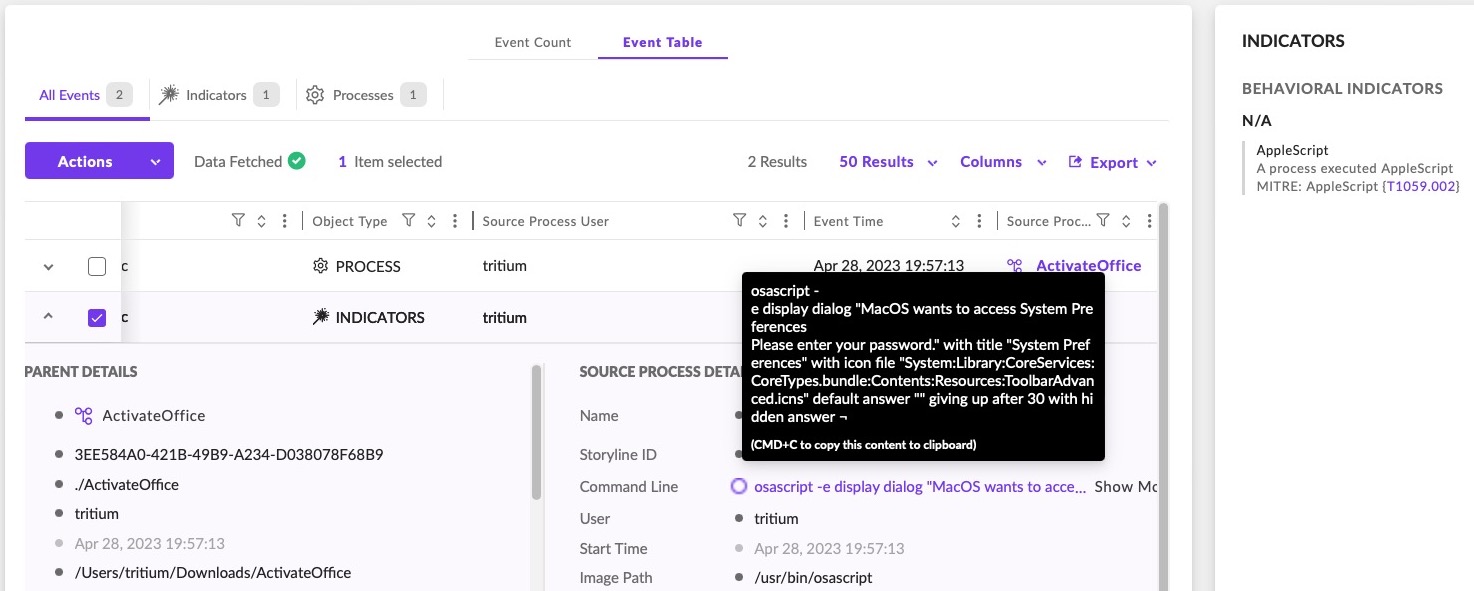
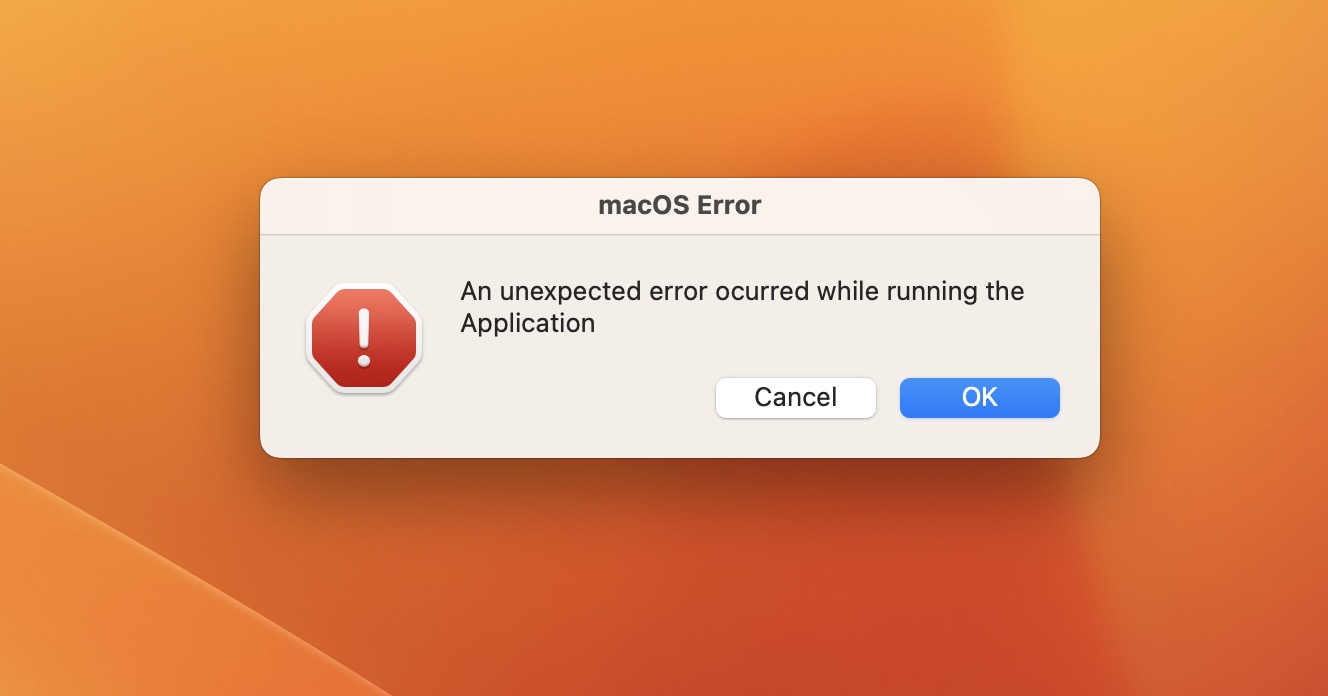

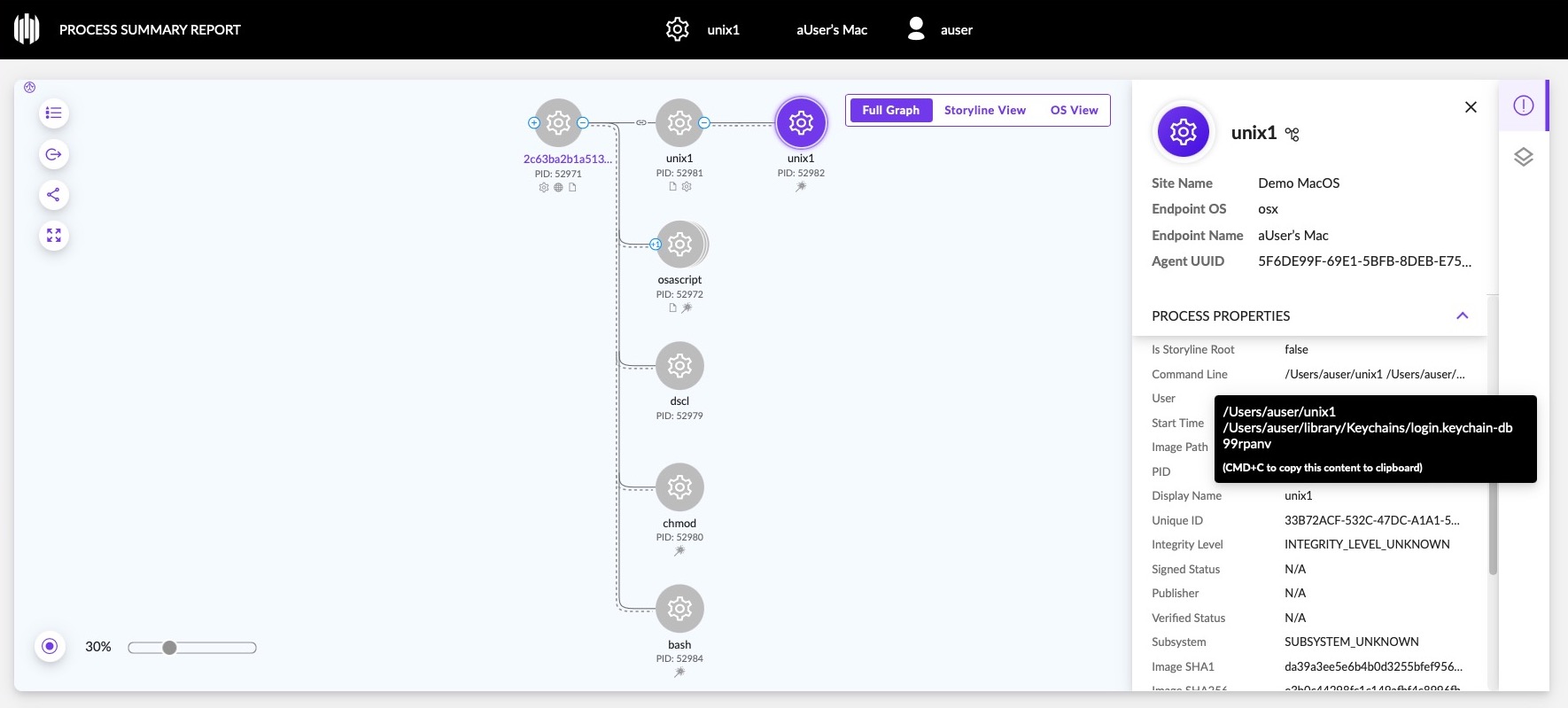

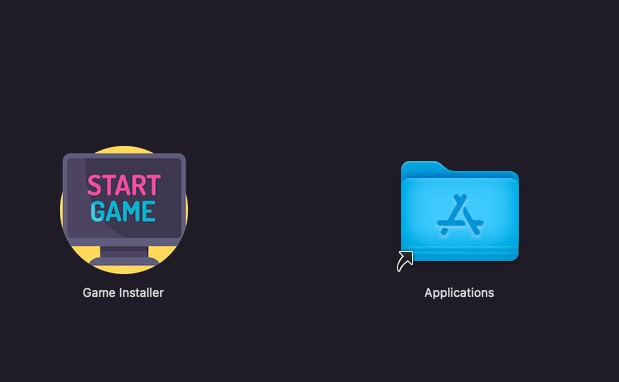


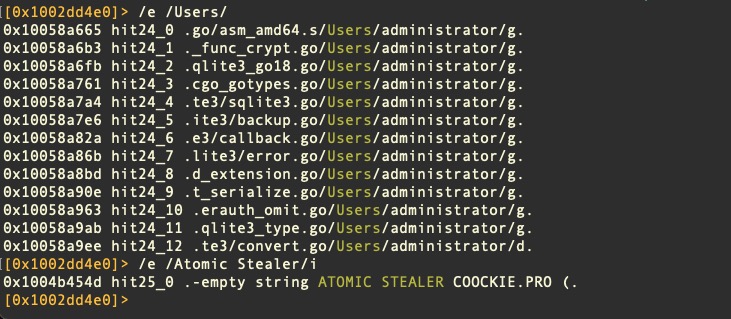
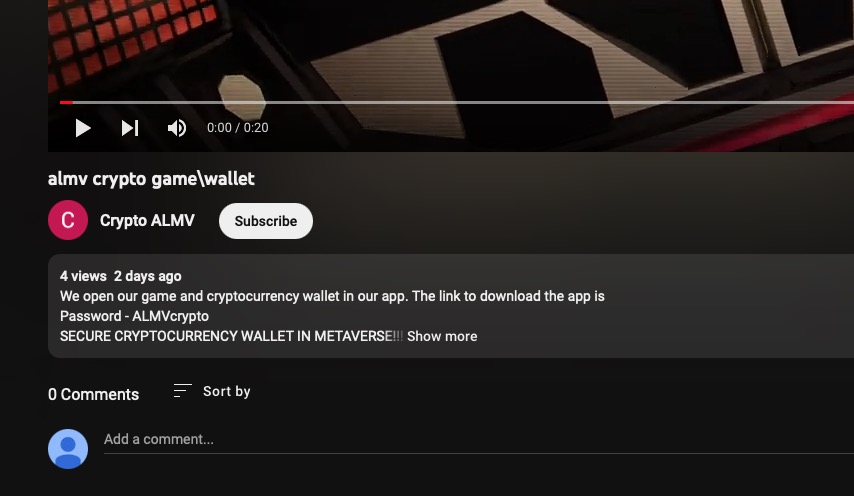
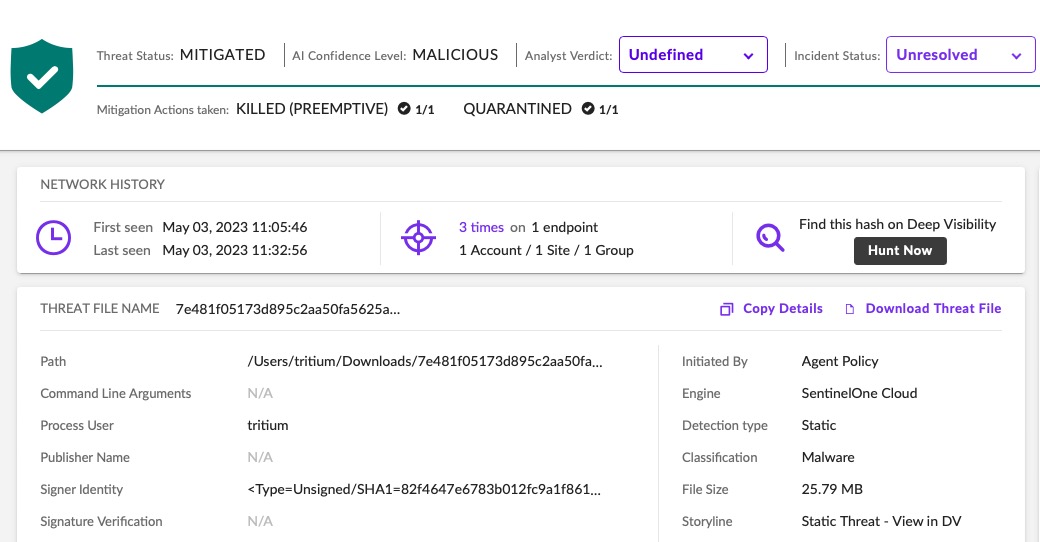
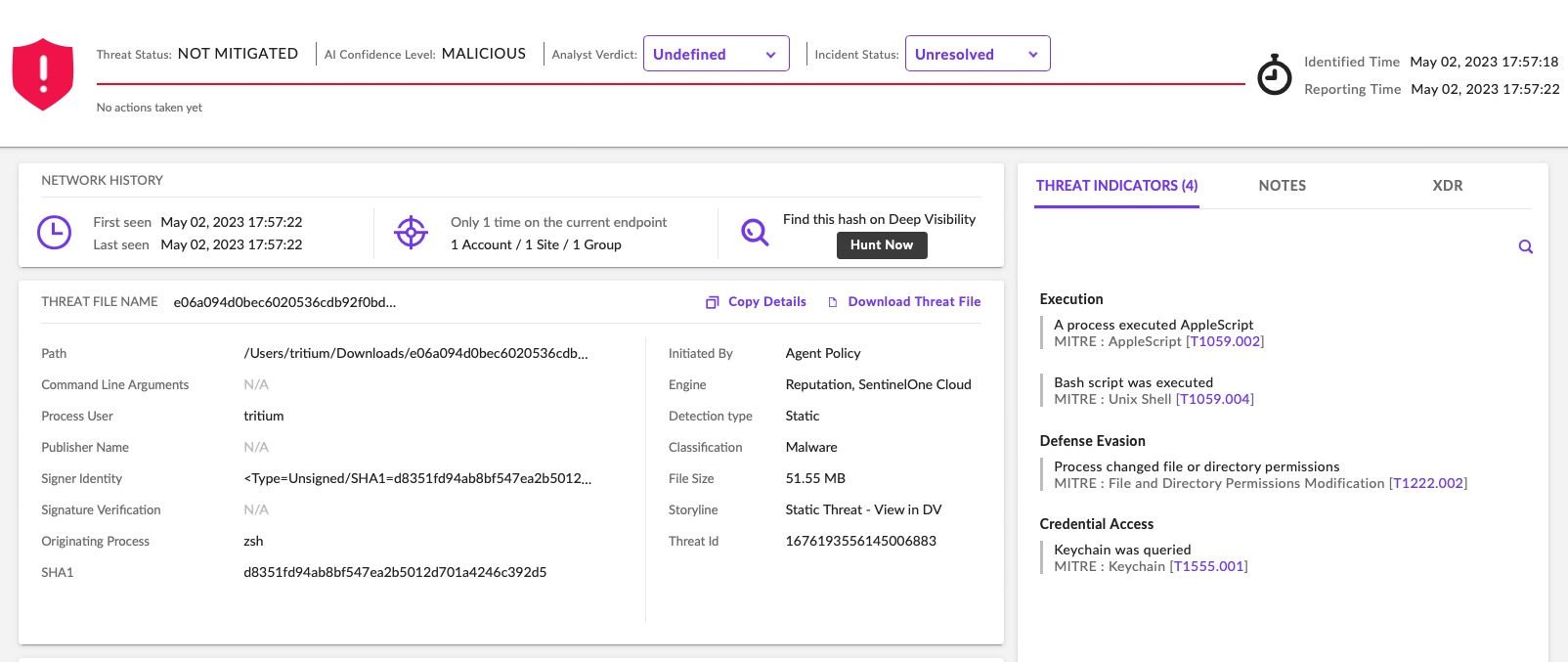
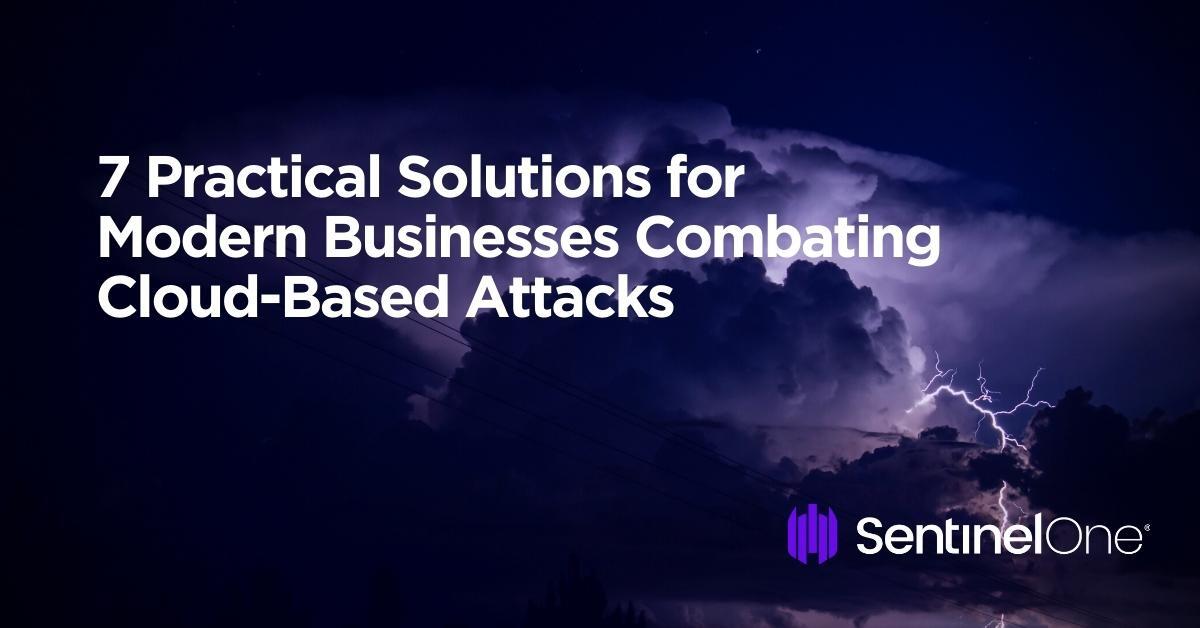
 Cloud
Cloud

